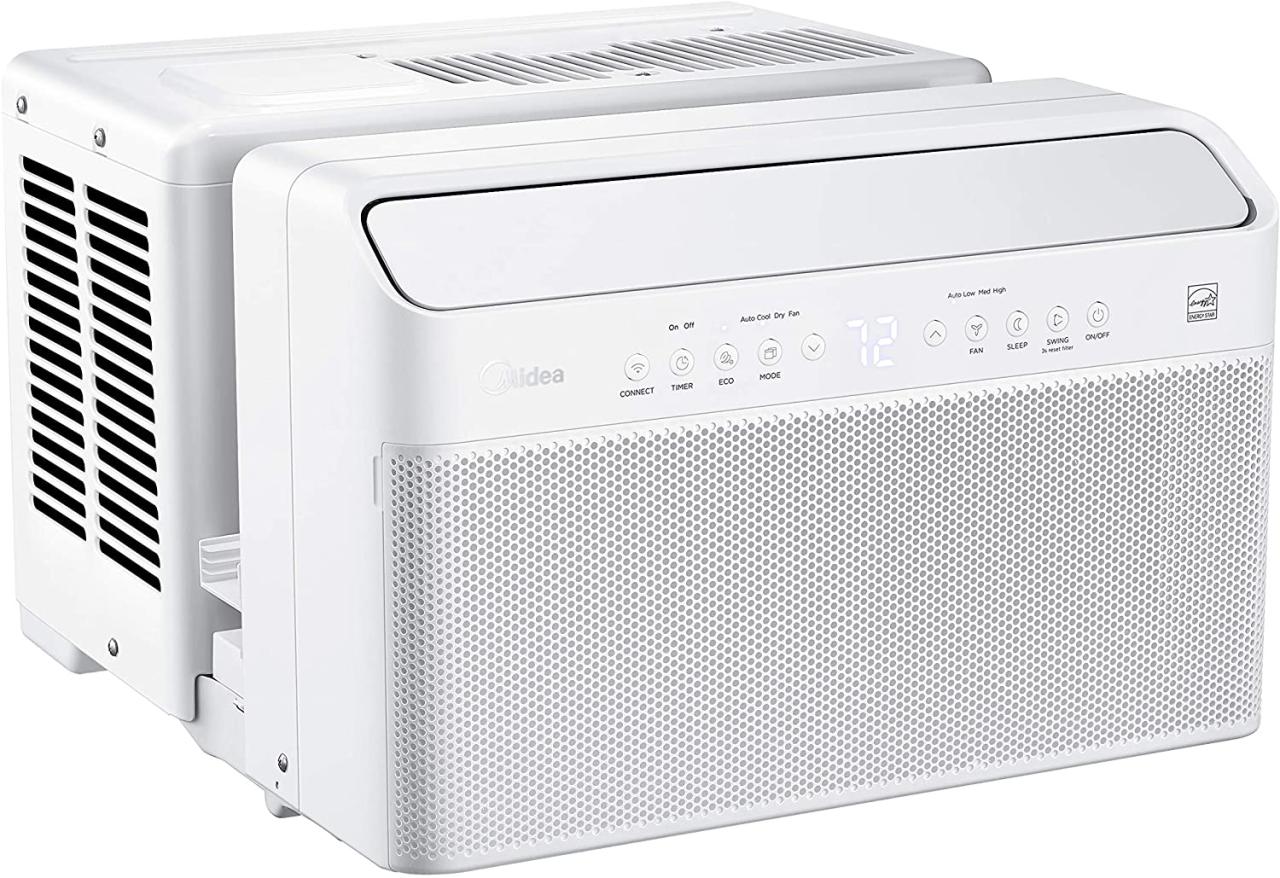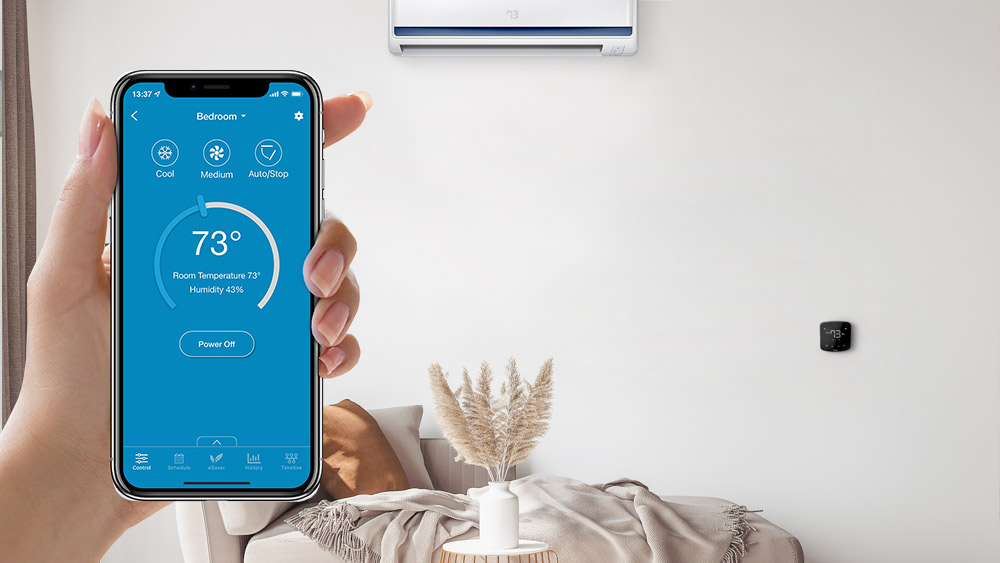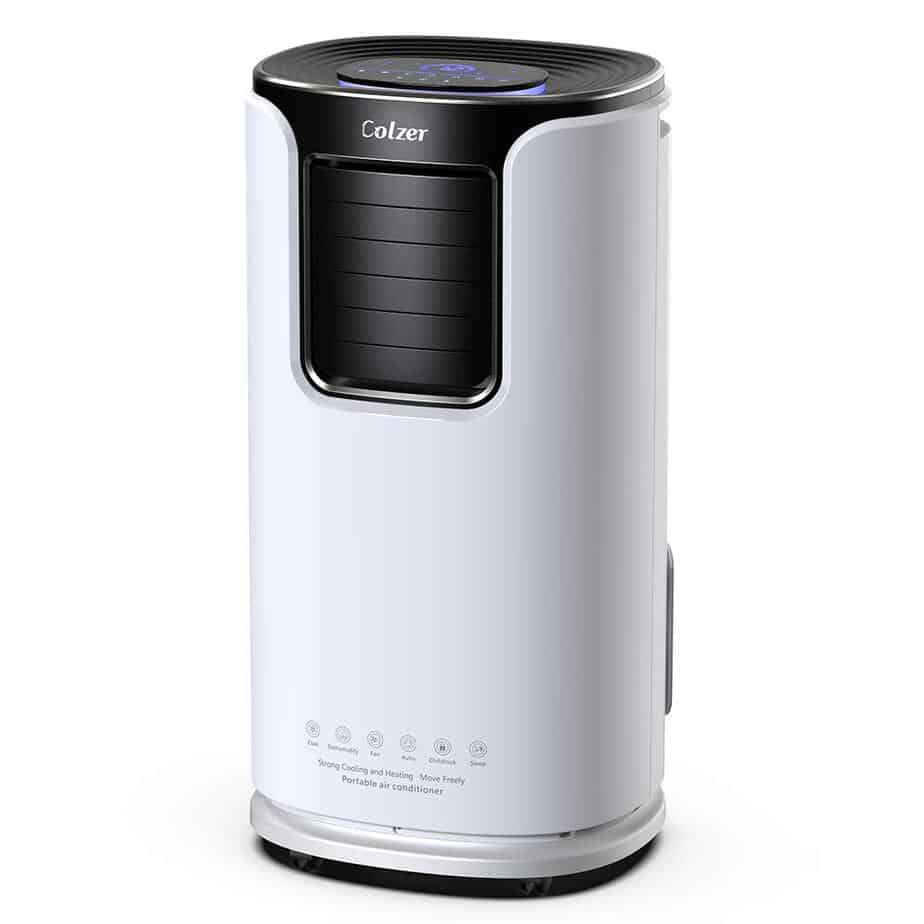Exploring the optimal air conditioner settings for a good night's sleep opens up a realm of possibilities. Dive into this detailed guide filled with practical tips and insights to enhance your sleep environment.
Discover the ideal temperature range, the importance of air circulation, and much more to create the perfect sleeping conditions.
Factors to Consider
When it comes to setting the air conditioner for optimal sleep, several factors play a crucial role in ensuring a comfortable environment conducive to restful slumber. Let's delve into how room temperature and humidity levels impact sleep quality, as well as the ideal settings to promote a good night's sleep.
Room Temperature and Sleep Quality
Maintaining the right room temperature is essential for promoting quality sleep. When the room is too hot or too cold, it can disrupt your body's natural temperature regulation, making it harder to fall asleep and stay asleep throughout the night.
The ideal room temperature for sleeping comfortably is generally between 60-67 degrees Fahrenheit (15-20 degrees Celsius). This range helps your body cool down naturally, signaling that it's time to rest.
Impact of Humidity Levels
In addition to room temperature, humidity levels also play a significant role in sleep quality. High humidity can make the air feel heavy and stifling, leading to discomfort and difficulty breathing while trying to sleep. On the other hand, low humidity can cause dryness in the air, potentially irritating your respiratory system and skin.
To create an optimal sleep environment, it's recommended to maintain indoor humidity levels between 30-50%. Using an air conditioner with a built-in dehumidifier can help regulate humidity levels and enhance overall sleep quality.
Air Conditioner Settings
When it comes to setting your air conditioner for optimal sleep conditions, there are a few key factors to consider. The right settings can make a significant difference in your quality of sleep and overall comfort during the night.
Thermostat Settings
Setting the thermostat to the ideal temperature is crucial for a good night's sleep. The National Sleep Foundation recommends keeping your bedroom between 60 to 67 degrees Fahrenheit for the best sleep environment. This temperature range helps your body cool down naturally, which is essential for falling asleep and staying asleep.
Benefits of Using a Timer or Programmable Thermostat
Using a timer or programmable thermostat can help you save energy and create a comfortable sleeping environment. By setting your air conditioner to adjust the temperature automatically throughout the night, you can ensure that your bedroom stays cool without running the AC at full blast all night.
This can also help regulate your sleep cycle by maintaining a consistent temperature in the room.
Importance of Air Circulation and Fan Settings
In addition to setting the thermostat, it's essential to consider air circulation and fan settings for optimal sleep conditions. Running a fan in your bedroom can help circulate the air, creating a more comfortable environment for sleeping. Make sure to adjust the fan speed to your preference, whether you prefer a gentle breeze or a stronger airflow.
Proper air circulation can also help prevent stuffiness and ensure a restful night's sleep.
Additional Considerations
When it comes to optimizing your air conditioner settings for better sleep, there are a few additional factors to consider beyond just temperature and humidity levels.
Noise Levels from the Air Conditioner
One crucial aspect to take into account is the noise level produced by your air conditioner while you sleep. Some people find the humming or whirring sound soothing and even use it as white noise to help them fall asleep.
However, for others, loud or irregular noises can be disruptive and impact the quality of sleep. It's important to choose an air conditioner model that operates quietly, especially during the night.
Benefits of Using Sleep Mode or Quiet Mode
Many modern air conditioners come equipped with special modes like Sleep Mode or Quiet Mode, designed to provide optimal comfort for sleeping environments. These modes typically adjust the temperature settings and fan speeds to ensure a quieter operation and reduce energy consumption.
By utilizing these features, you can create a more conducive atmosphere for a restful night's sleep.
Air Quality and Filtration
The quality of air circulating in your bedroom can also impact your sleep quality. Poor air quality, filled with dust, allergens, or pollutants, can lead to respiratory issues, allergies, or discomfort during the night. Investing in an air conditioner with a high-quality filtration system can help remove impurities from the air, creating a cleaner and healthier sleeping environment.
This can result in improved breathing and overall sleep quality.
Personal Preferences and Variations
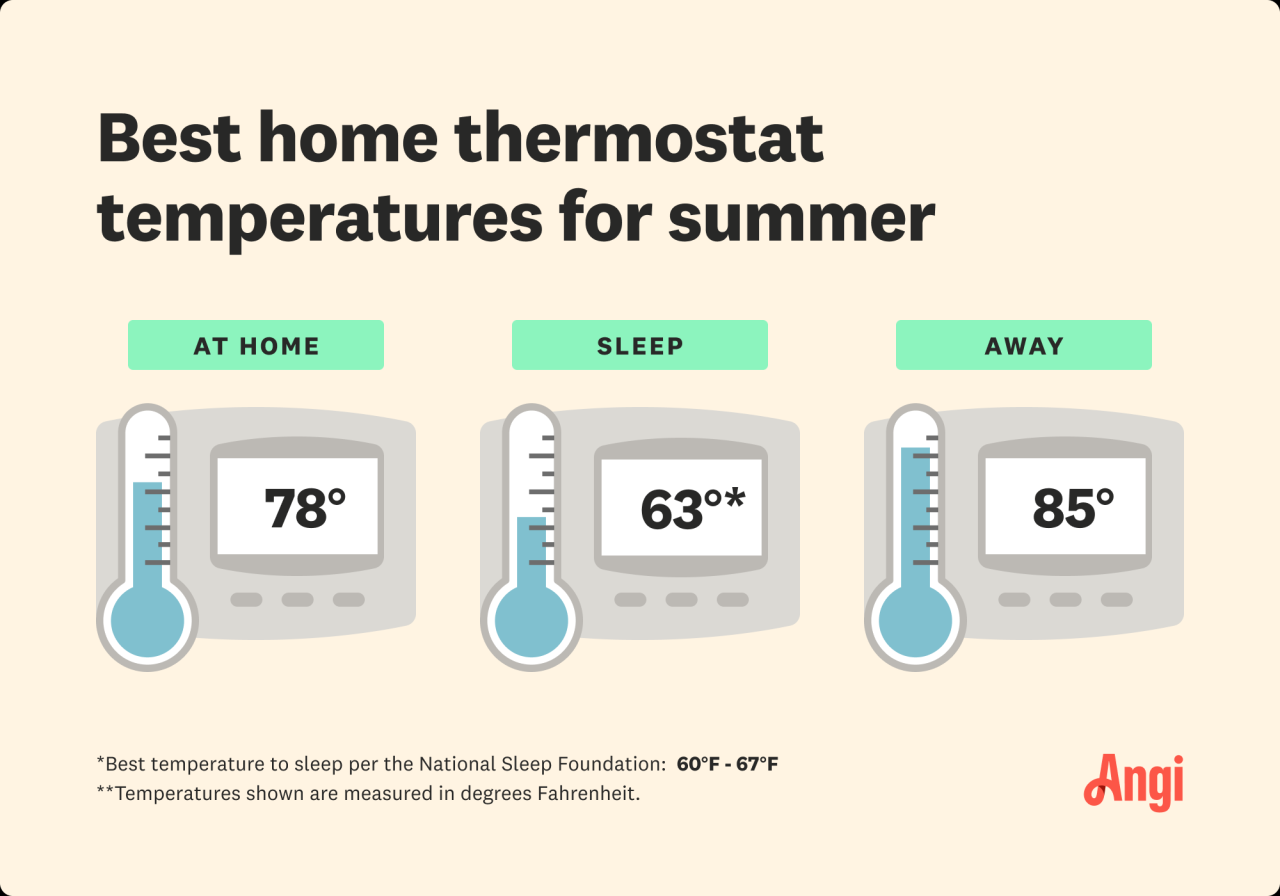
When it comes to setting the air conditioner for sleeping, personal preferences play a crucial role in ensuring a comfortable night's rest. Here are some suggestions for adjusting settings based on individual preferences:
Cooler Temperatures
- Set the thermostat to a lower temperature, around 65-70 degrees Fahrenheit, to create a cooler sleeping environment.
- Use a fan in conjunction with the air conditioner to enhance air circulation and create a more refreshing atmosphere.
- Consider using breathable bedding materials, such as cotton, to help regulate body temperature and prevent overheating.
Warmer Temperatures
- Set the thermostat to a slightly higher temperature, around 72-75 degrees Fahrenheit, to maintain a warmer sleeping environment.
- Avoid using heavy blankets or comforters that can trap heat, opting for lighter bedding options instead.
- Keep the airflow directed away from the bed to prevent feeling too cold during the night.
Finding the Right Balance
- Experiment with different temperature settings to find the ideal balance between energy efficiency and comfort.
- Consider using programmable thermostats to automatically adjust the temperature throughout the night based on your sleep patterns.
- Avoid setting the air conditioner too low or too high to prevent energy waste and ensure a restful night's sleep.
Epilogue
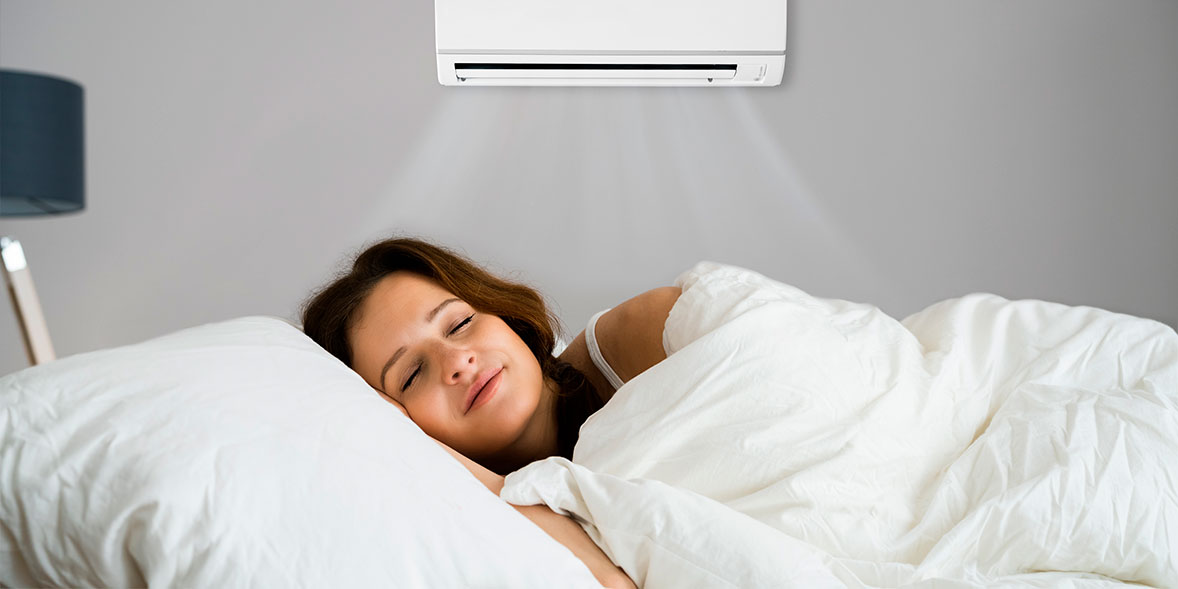
In conclusion, mastering the art of air conditioner settings for sleeping can significantly improve your sleep quality. By considering factors like noise levels, air quality, and personal preferences, you can create a sleep haven tailored to your needs. Sweet dreams await with the right settings in place.
Top FAQs
What is the ideal temperature range for sleeping comfortably?
The ideal temperature range for sleeping comfortably is generally between 60-67 degrees Fahrenheit.
How does humidity levels affect sleep with air conditioning?
Humidity levels can impact sleep quality by causing discomfort and disrupting breathing patterns. Maintaining optimal humidity levels can enhance overall sleep experience.
What are the benefits of using a timer or programmable thermostat for sleeping?
Using a timer or programmable thermostat can help regulate temperature throughout the night, ensuring a consistent and comfortable sleep environment without the need for manual adjustments.




